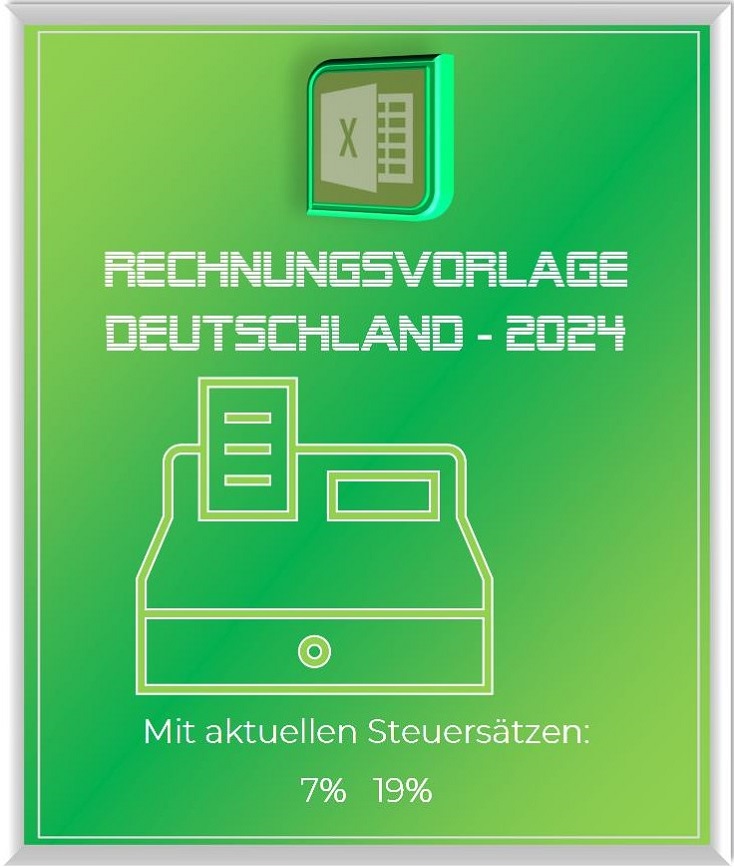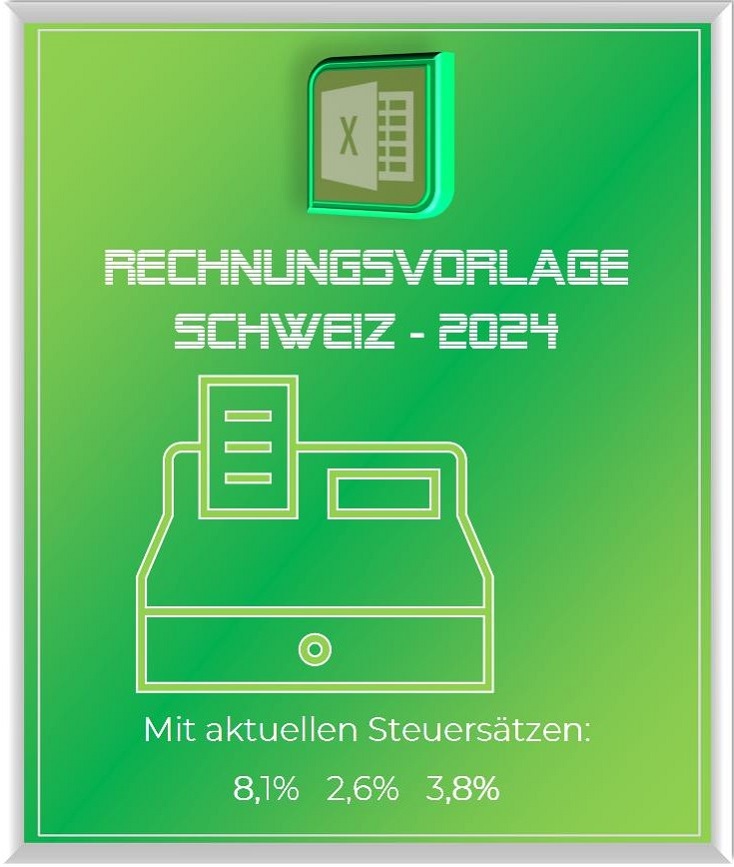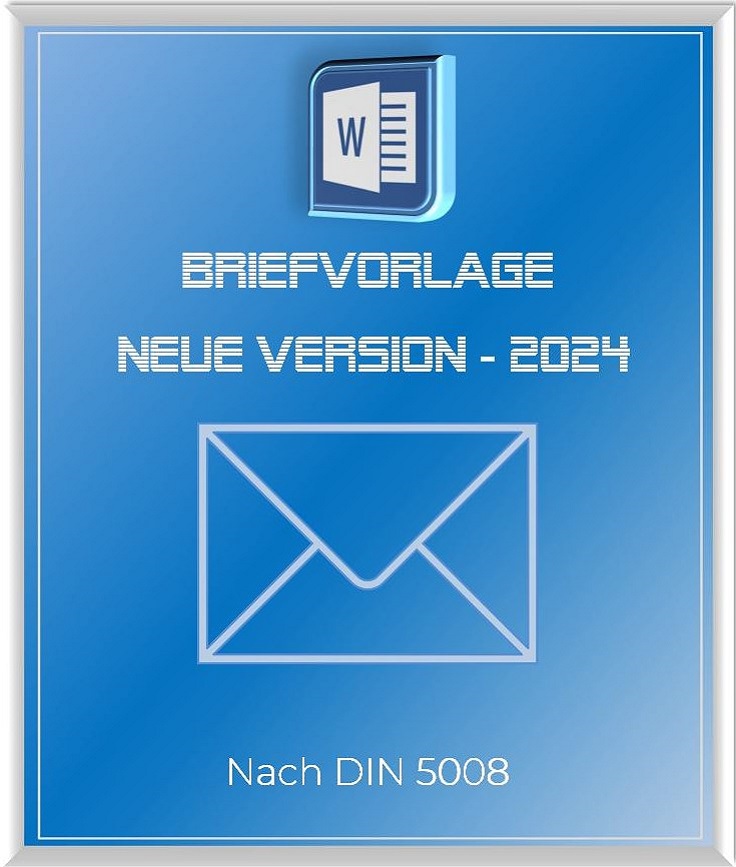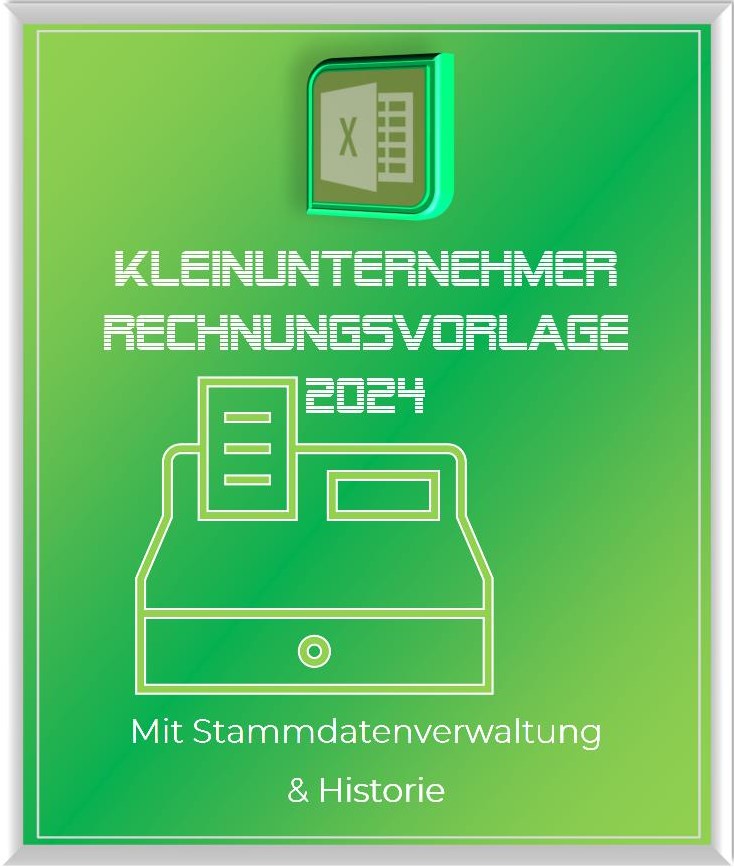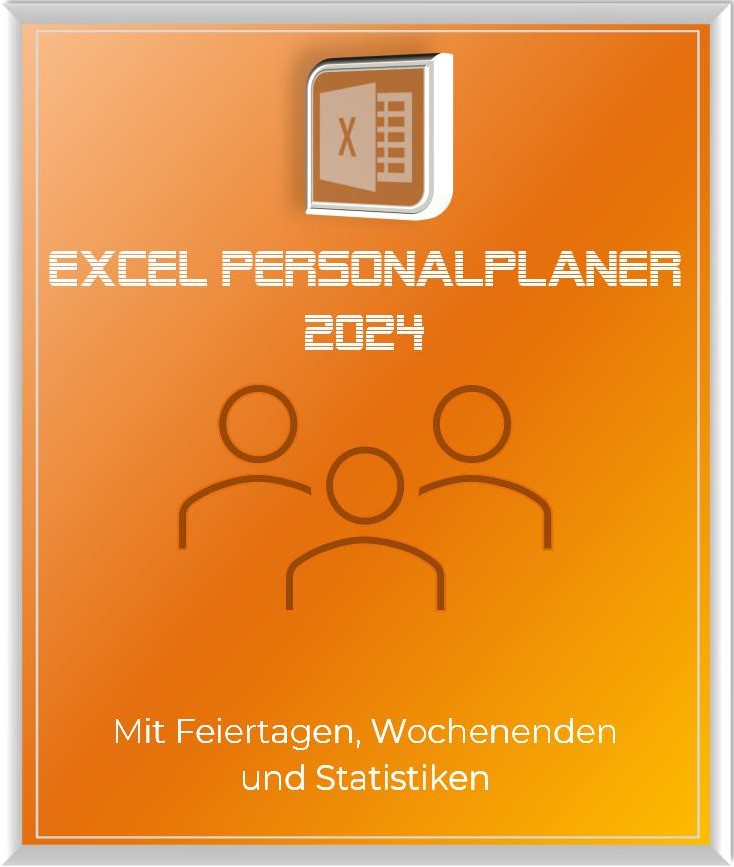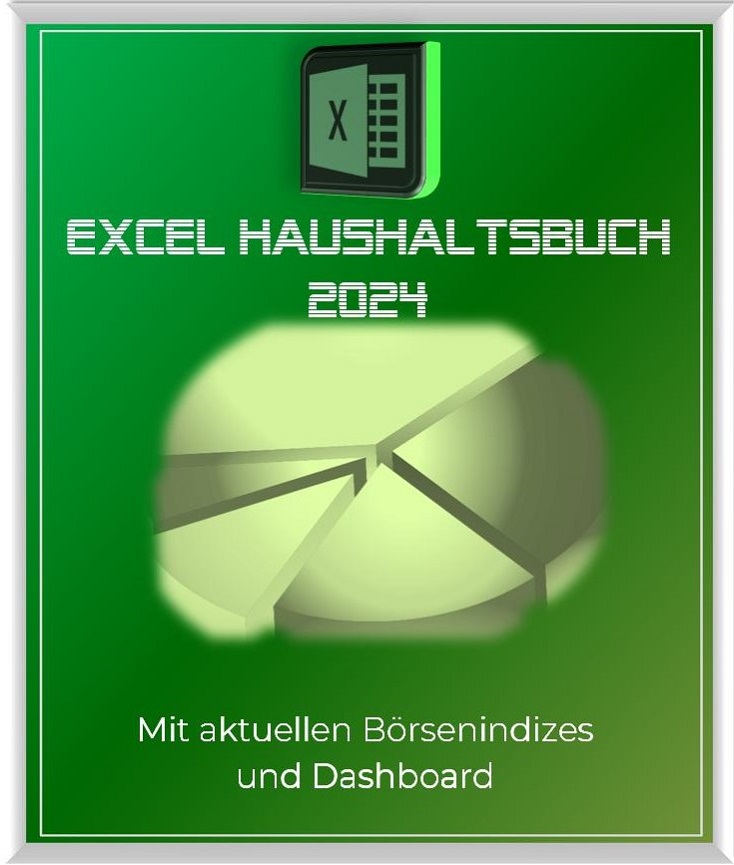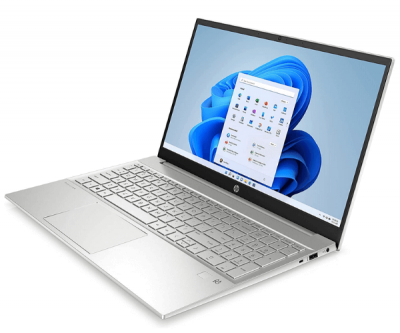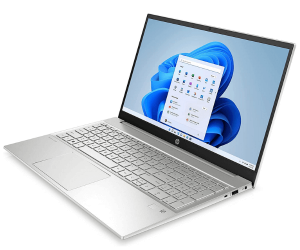From Rolls of Parchment to Petabytes – History of Storage Media
In our digital world, it’s hard to imagine how tedious and limited data storage once was. But the way we store data has evolved dramatically throughout history – a development that is not only technologically significant, but also culturally and socially significant. In this journey through the history of storage media, we will trace incredible advances, ranging from primitive writing tablets and scrolls of parchment to the limitless capacity of cloud technology. From the importance of the first books and the invention of the printing press to digitization and the introduction of hard drives, floppy disks and USB sticks.
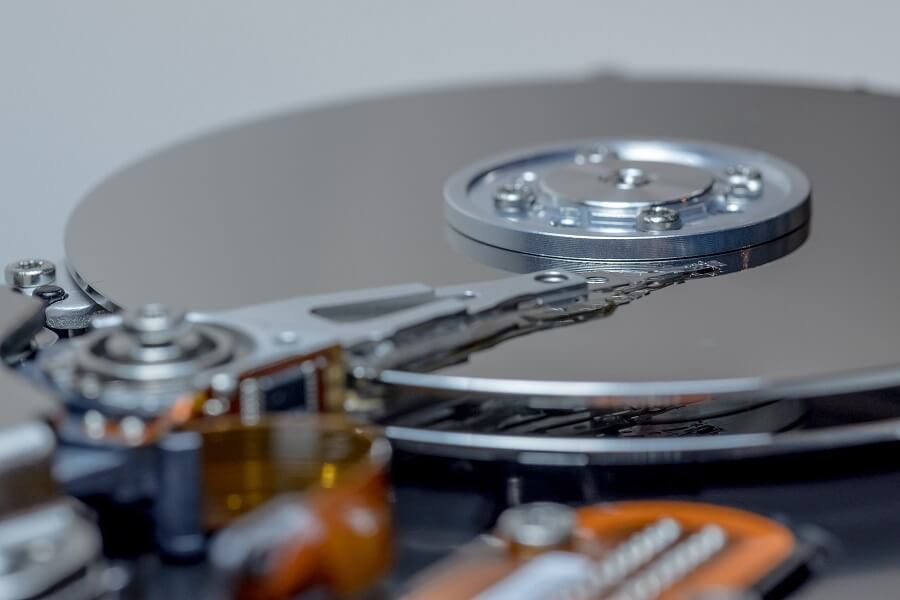
We will celebrate the breakthrough innovations of the past and take a look at the exciting future of data storage. Join us on this fascinating journey through the history of storage media, which has shaped not only the way we store and share knowledge, but also the way we think and communicate.
From Rolls of Parchment to Petabytes – History of Storage Media
In our digital world, it’s hard to imagine how tedious and limited data storage once was. But the way we store data has evolved dramatically throughout history – a development that is not only technologically significant, but also culturally and socially significant. In this journey through the history of storage media, we will trace incredible advances, ranging from primitive writing tablets and scrolls of parchment to the limitless capacity of cloud technology. From the importance of the first books and the invention of the printing press to digitization and the introduction of hard drives, floppy disks and USB sticks.

We will celebrate the breakthrough innovations of the past and take a look at the exciting future of data storage. Join us on this fascinating journey through the history of storage media, which has shaped not only the way we store and share knowledge, but also the way we think and communicate.
The origins of storage media
The origins of storage media
The origins of storage media go far back in the history of human communication and data management. Back in the day, long before we stored our thoughts and information on electronic devices, we had other methods of preserving knowledge and memories.
- One of the first forms of storing information was oral transmission. In the earliest human communities, stories, myths, and historical events were passed down from generation to generation. Human language and memory were the storage media of that time. This oral tradition allowed people to retain their knowledge and strengthen their identity as a community. So you actually still used your brain and didn’t outsource the knowledge to external media!
With the development of script and writing, people began to transfer information to physical media. One of the earliest forms were clay tablets found in Mesopotamia around the 4th millennium BC. were used. People used a sharp point to carve cuneiform writing into the soft clay. These plaques were then burned to make the inscriptions permanent. Clay tablets were a significant step toward a specialized method of storing and transmitting information.
- Another milestone in the history of storage media was the invention of paper in China in the 2nd century BC. Paper was made from plant fibers and could easily be written on and transported. This discovery allowed books and writings to circulate in ways previously unthinkable. The development of printing techniques in the Middle Ages, in particular book printing with movable type by Johannes Gutenberg in the 15th century, revolutionized the dissemination of knowledge and information.
By the way: If you are familiar with WordPress, the name “Gutenberg“ be a term.
The origins of storage media go far back in the history of human communication and data management. Back in the day, long before we stored our thoughts and information on electronic devices, we had other methods of preserving knowledge and memories.
- One of the first forms of storing information was oral transmission. In the earliest human communities, stories, myths, and historical events were passed down from generation to generation. Human language and memory were the storage media of that time. This oral tradition allowed people to retain their knowledge and strengthen their identity as a community. So you actually still used your brain and didn’t outsource the knowledge to external media!
With the development of script and writing, people began to transfer information to physical media. One of the earliest forms were clay tablets found in Mesopotamia around the 4th millennium BC. were used. People used a sharp point to carve cuneiform writing into the soft clay. These plaques were then burned to make the inscriptions permanent. Clay tablets were a significant step toward a specialized method of storing and transmitting information.
- Another milestone in the history of storage media was the invention of paper in China in the 2nd century BC. Paper was made from plant fibers and could easily be written on and transported. This discovery allowed books and writings to circulate in ways previously unthinkable. The development of printing techniques in the Middle Ages, in particular book printing with movable type by Johannes Gutenberg in the 15th century, revolutionized the dissemination of knowledge and information.
By the way: If you are familiar with WordPress, the name “Gutenberg“ be a term.
The Birth of the Computer Storage Media
The Birth of the Computer Storage Media
At a time when we surround ourselves with USB sticks, cloud storage, and state-of-the-art solid-state drives (SSDs), it can be interesting to look back and see how computer storage media came to be. From humble beginnings to today’s powerful and compact solutions, technology has evolved amazingly.
Punch Cards: The Analog Age
The era of punch cards began as early as the 19th century, but was also used in the early days of computers. Punched cards were flat cards made of paper or cardboard on which information was encoded in the form of holes. The holes were punched by special punching machines and later read by punch card readers. This method was widely used to store and process data and remained in use until the 1970s.

Magnetic Tapes: The Beginnings of Storage
In the 1950s, computers were room-sized and had limited storage capacity. Back then, magnetic tape was the preferred method of storing data. These tapes consisted of plastic or metal strips coated with magnetizable particles. The data was recorded in the form of magnetic patterns and could be recalled later. Although these magnetic tapes were very bulky and quite time consuming to read or write the data, they were revolutionary for their time.

Hard drives: The storage power plants
As technology progressed, hard disk drives were developed and became the standard storage media for computers. These drives consisted of rotating magnetic disks on which data was stored in the form of magnetic patterns. A read/write head unit could read and write the data on the disks. Hard disk drives offered large storage capacities and fast access times and were the primary storage media for computers for many decades.
At a time when we surround ourselves with USB sticks, cloud storage, and state-of-the-art solid-state drives (SSDs), it can be interesting to look back and see how computer storage media came to be. From humble beginnings to today’s powerful and compact solutions, technology has evolved amazingly.
Punch Cards: The Analog Age
The era of punch cards began as early as the 19th century, but was also used in the early days of computers. Punched cards were flat cards made of paper or cardboard on which information was encoded in the form of holes. The holes were punched by special punching machines and later read by punch card readers. This method was widely used to store and process data and remained in use until the 1970s.

Magnetic Tapes: The Beginnings of Storage
In the 1950s, computers were room-sized and had limited storage capacity. Back then, magnetic tape was the preferred method of storing data. These tapes consisted of plastic or metal strips coated with magnetizable particles. The data was recorded in the form of magnetic patterns and could be recalled later. Although these magnetic tapes were very bulky and quite time consuming to read or write the data, they were revolutionary for their time.

Hard drives: The storage power plants
As technology progressed, hard disk drives were developed and became the standard storage media for computers. These drives consisted of rotating magnetic disks on which data was stored in the form of magnetic patterns. A read/write head unit could read and write the data on the disks. Hard disk drives offered large storage capacities and fast access times and were the primary storage media for computers for many decades.
From floppy disks to CDs
From floppy disks to CDs
Floppy disks were the true pioneers of data transfer and storage. With their characteristic 3.5-inch or even 5.25-inch format, they were the backbone of the digital age of the 80’s and 90’s. The higher-capacity 5.25-inch floppy disks could store an impressive 1.2 megabytes (yes, megabytes!). But then came the small, handy 3.5-inch floppy disks with a capacity of 1.44 megabytes and took the hearts of users by storm. Who doesn’t remember inserting a floppy disk into the computer and hoping it didn’t get that dreaded “click of death“?
But the disk had its limitations. As our digital needs grew and multimedia content such as music and movies became popular, we needed more space. That’s where CDs came in, and with them came the ability to store audio and data content. With an initial capacity of 650 megabytes, CDs offered enough space for a whole collection of music or a large number of programs.

“CDs were tough and durable compared to their bitchy predecessors. They were scratch-resistant and insensitive to magnetic fields. But their sensitivity to sunlight and heat was legendary. Who doesn’t remember how you had to remove a CD from the car so that it didn’t melt in the hot sunlight?”
But CDs also had a romantic side. Who doesn’t remember burning their own music CD and proudly sharing their latest creation with friends? CD burning was an art in itself in the late ’90s and early 2000s, and many of us had spent hours creating the perfect mixtapes or compilations for special occasions.
But as fate would have it, the CD was one day replaced by a new generation of storage media. USB flash drives and hard drives began to offer more and more storage space and the ability to transfer data faster. The era of physical storage media was coming to an end.
Floppy disks were the true pioneers of data transfer and storage. With their characteristic 3.5-inch or even 5.25-inch format, they were the backbone of the digital age of the 80’s and 90’s. The higher-capacity 5.25-inch floppy disks could store an impressive 1.2 megabytes (yes, megabytes!). But then came the small, handy 3.5-inch floppy disks with a capacity of 1.44 megabytes and took the hearts of users by storm. Who doesn’t remember inserting a floppy disk into the computer and hoping it didn’t get that dreaded “click of death“?
But the disk had its limitations. As our digital needs grew and multimedia content such as music and movies became popular, we needed more space. That’s where CDs came in, and with them came the ability to store audio and data content. With an initial capacity of 650 megabytes, CDs offered enough space for a whole collection of music or a large number of programs.

“CDs were tough and durable compared to their bitchy predecessors. They were scratch-resistant and insensitive to magnetic fields. But their sensitivity to sunlight and heat was legendary. Who doesn’t remember how you had to remove a CD from the car so that it didn’t melt in the hot sunlight?”
But CDs also had a romantic side. Who doesn’t remember burning their own music CD and proudly sharing their latest creation with friends? CD burning was an art in itself in the late ’90s and early 2000s, and many of us had spent hours creating the perfect mixtapes or compilations for special occasions.
But as fate would have it, the CD was one day replaced by a new generation of storage media. USB flash drives and hard drives began to offer more and more storage space and the ability to transfer data faster. The era of physical storage media was coming to an end.
The era of flash storage media
The era of flash storage media
The era of flash storage media has secured a truly revolutionary development in the world of data. From the early days of floppy disks and hard drives to today’s Solid State Drives (SSDs), technology has advanced rapidly and is now affecting every aspect of our digital lives.
- Flash storage media are basically electronic memory chips that store data with no moving parts. This is in stark contrast to traditional magnetic media such as hard drives, which use a rotating disk and a read head. Flash memory, on the other hand, is based on a semiconductor technology called NAND flash.
- One of the biggest advantages of flash storage media is its speed. With no moving parts, they are incredibly fast at reading and writing data. This makes them ideal for use in computers, smartphones and other devices that require fast data storage and retrieval. For example, an SSD allows a computer to boot much faster and load programs much faster than a traditional hard drive.
- Another major advantage of flash storage media is its robustness. Because they have no moving parts, they are less prone to mechanical failure. This means they can withstand bumps, shocks and even drops without damaging the data. This makes them ideal for use in mobile devices such as laptops and smartphones that are often used on the go.
- A notable feature of flash storage media is its scalability. Technology has made it possible to manufacture memory chips with ever larger capacities, making it possible to store large amounts of data in smaller and smaller devices. This has led to the development of ultra-thin laptops, powerful smartphones and other compact devices.
The era of flash storage media has also revolutionized the consumer electronics market. We used to have to buy our favorite music on CDs or cassettes and stick our photos in photo albums. Today we can carry our entire music library around on a tiny USB stick and store our photos in the cloud. The development of flash storage media has fundamentally changed the way we consume and store media.
But nothing lasts forever! This is because flash storage media has a limited number of write and erase cycles that they can go through before losing their ability to store data. This is called a finite lifetime. However, manufacturers have made strides in recent years to overcome this limitation and extend the lifespan of flash storage media.
The era of flash storage media has secured a truly revolutionary development in the world of data. From the early days of floppy disks and hard drives to today’s Solid State Drives (SSDs), technology has advanced rapidly and is now affecting every aspect of our digital lives.
- Flash storage media are basically electronic memory chips that store data with no moving parts. This is in stark contrast to traditional magnetic media such as hard drives, which use a rotating disk and a read head. Flash memory, on the other hand, is based on a semiconductor technology called NAND flash.
- One of the biggest advantages of flash storage media is its speed. With no moving parts, they are incredibly fast at reading and writing data. This makes them ideal for use in computers, smartphones and other devices that require fast data storage and retrieval. For example, an SSD allows a computer to boot much faster and load programs much faster than a traditional hard drive.
- Another major advantage of flash storage media is its robustness. Because they have no moving parts, they are less prone to mechanical failure. This means they can withstand bumps, shocks and even drops without damaging the data. This makes them ideal for use in mobile devices such as laptops and smartphones that are often used on the go.
- A notable feature of flash storage media is its scalability. Technology has made it possible to manufacture memory chips with ever larger capacities, making it possible to store large amounts of data in smaller and smaller devices. This has led to the development of ultra-thin laptops, powerful smartphones and other compact devices.
The era of flash storage media has also revolutionized the consumer electronics market. We used to have to buy our favorite music on CDs or cassettes and stick our photos in photo albums. Today we can carry our entire music library around on a tiny USB stick and store our photos in the cloud. The development of flash storage media has fundamentally changed the way we consume and store media.
But nothing lasts forever! This is because flash storage media has a limited number of write and erase cycles that they can go through before losing their ability to store data. This is called a finite lifetime. However, manufacturers have made strides in recent years to overcome this limitation and extend the lifespan of flash storage media.
The Rise of Cloud Technology
The Rise of Cloud Technology
In a world where data is the currency of the future, cloud technology has seen an unprecedented rise. The clouds in the sky may be fleeting, but cloud technology is here to stay. With its ability to store information, process it and scale it almost limitlessly, it has revolutionized the way we use and access data.
But how did this technology develop and what impact is it having on our world?

Origin of the Cloud:
The idea of storing data in a remote and accessible environment goes back further than one might think. As early as the 1950s, large corporations and government organizations were using “mainframe” computers connected to users via terminals. While these terminals had limited processing power, they could access the resources of the main computer. This concept laid the foundation for what we know today as cloud computing.
The Birth of the Modern Cloud:
However, the real breakthrough of cloud technology came in the 2000s. Companies like Amazon, Google and Microsoft recognized the enormous potential and the growing demand for scalable and cost-efficient IT infrastructures. They invested in huge data centers and developed platforms like Amazon Web Services (AWS), Google Cloud and Microsoft Azure that gave businesses and individuals the ability to access a wide variety of services and resources.
Limitless Possibilities:
Cloud technology has enabled businesses of all sizes to access powerful tools and resources without having to invest in expensive hardware or infrastructure. From small start-ups to global corporations, companies can now scale flexibly, store and analyze data, and use artificial intelligence and machine learning to develop innovative solutions. The cloud has pushed the boundaries of the traditional data center, giving businesses a new level of agility and competitiveness.
The ubiquity of the cloud:
The influence of cloud technology can be felt in almost every aspect of our lives today. From the music we stream to the files we store in the cloud to the applications we use on our smartphones, the cloud has become a part of everyday life. Even industries like healthcare, education, and government are increasingly turning to the cloud to provide more efficient services and improve collaboration.
The rise of cloud technology has transformed our world. It has helped companies become faster and more agile, democratized access to powerful IT infrastructure and fundamentally changed the way we store, process and use data. Cloud technology does not stand still and will continue to offer new opportunities and innovations.
In a world where data is the currency of the future, cloud technology has seen an unprecedented rise. The clouds in the sky may be fleeting, but cloud technology is here to stay. With its ability to store information, process it and scale it almost limitlessly, it has revolutionized the way we use and access data.
But how did this technology develop and what impact is it having on our world?

Origin of the Cloud:
The idea of storing data in a remote and accessible environment goes back further than one might think. As early as the 1950s, large corporations and government organizations were using “mainframe” computers connected to users via terminals. While these terminals had limited processing power, they could access the resources of the main computer. This concept laid the foundation for what we know today as cloud computing.
The Birth of the Modern Cloud:
However, the real breakthrough of cloud technology came in the 2000s. Companies like Amazon, Google and Microsoft recognized the enormous potential and the growing demand for scalable and cost-efficient IT infrastructures. They invested in huge data centers and developed platforms like Amazon Web Services (AWS), Google Cloud and Microsoft Azure that gave businesses and individuals the ability to access a wide variety of services and resources.
Limitless Possibilities:
Cloud technology has enabled businesses of all sizes to access powerful tools and resources without having to invest in expensive hardware or infrastructure. From small start-ups to global corporations, companies can now scale flexibly, store and analyze data, and use artificial intelligence and machine learning to develop innovative solutions. The cloud has pushed the boundaries of the traditional data center, giving businesses a new level of agility and competitiveness.
The ubiquity of the cloud:
The influence of cloud technology can be felt in almost every aspect of our lives today. From the music we stream to the files we store in the cloud to the applications we use on our smartphones, the cloud has become a part of everyday life. Even industries like healthcare, education, and government are increasingly turning to the cloud to provide more efficient services and improve collaboration.
The rise of cloud technology has transformed our world. It has helped companies become faster and more agile, democratized access to powerful IT infrastructure and fundamentally changed the way we store, process and use data. Cloud technology does not stand still and will continue to offer new opportunities and innovations.
The future of storage media
The future of storage media
One of the most promising concepts is “quantum-based storage” or Quantum storage. Quantum computers have already shown that they can process enormous amounts of data at a previously unimaginable speed can. The idea of using these quantum properties to store information is extremely intriguing. By using quantum entanglement and superposition, storage media could be created that can store and process data on a whole new scale. Quantum memories have the potential to store massive amounts of data in tiny units, pushing the limits of today’s storage capacities.
- Another promising approach is research into DNA storage media. DNA is an exceptionally dense and durable medium. Researchers have already successfully encoded and decoded data in DNA, and while the technology is still in its infancy, it could be a revolutionary solution for storing large amounts of data in the future. Imagine if your entire digital library could be stored in a tiny tube made of DNA!
However, the future of storage media does not just bring progress in terms of capacity and speed, but also in terms of sustainability. With a growing awareness of environmental issues, researchers are working on greener alternatives. For example, there are first experiments with biodegradable storage media based on mushrooms. These could replace conventional plastic or metal storage in the future and thus contribute to a reduction in electronic waste.
All in all, the future of storage media shows an exciting potential for breakthrough innovations. We can look forward to faster, more efficient, and greener storage solutions that will help us better manage our growing amounts of data. Although some of the concepts presented are still in their infancy, it is exciting to see how they could evolve and transform our digital world in the years and decades to come.
One of the most promising concepts is “quantum-based storage” or Quantum storage. Quantum computers have already shown that they can process enormous amounts of data at a previously unimaginable speed can. The idea of using these quantum properties to store information is extremely intriguing. By using quantum entanglement and superposition, storage media could be created that can store and process data on a whole new scale. Quantum memories have the potential to store massive amounts of data in tiny units, pushing the limits of today’s storage capacities.
- Another promising approach is research into DNA storage media. DNA is an exceptionally dense and durable medium. Researchers have already successfully encoded and decoded data in DNA, and while the technology is still in its infancy, it could be a revolutionary solution for storing large amounts of data in the future. Imagine if your entire digital library could be stored in a tiny tube made of DNA!
However, the future of storage media does not just bring progress in terms of capacity and speed, but also in terms of sustainability. With a growing awareness of environmental issues, researchers are working on greener alternatives. For example, there are first experiments with biodegradable storage media based on mushrooms. These could replace conventional plastic or metal storage in the future and thus contribute to a reduction in electronic waste.
All in all, the future of storage media shows an exciting potential for breakthrough innovations. We can look forward to faster, more efficient, and greener storage solutions that will help us better manage our growing amounts of data. Although some of the concepts presented are still in their infancy, it is exciting to see how they could evolve and transform our digital world in the years and decades to come.
Popular Posts
Integrate and use ChatGPT in Excel – is that possible?
ChatGPT is more than just a simple chatbot. Learn how it can revolutionize how you work with Excel by translating formulas, creating VBA macros, and even promising future integration with Office.
A turning point in EU policy on regulating AI
The EU's AI Act represents a historic step forward in the regulation of artificial intelligence. With strict guidelines for high-risk applications, it paves the way for safe and responsible AI innovation on a global scale.
The most important cookie settings in Google Chrome
Find out all about the latest cookie settings in Google Chrome. From third-party cookie blocking to SameSite attributes, we cover the most important updates for your online security and privacy.
QR code scams and how to protect yourself
Cybercriminals use fake QR codes to link to malicious websites or distribute malware. Protect yourself by checking the source, using previews and keeping your smartphone up to date. Be vigilant and enjoy digital conveniences safely.
Start Windows without password – How it works
Starting Windows without a password can be useful if your computer is protected from unauthorized access at home. There is no need to change your password either.
The best backup solutions for your data
Keep your data safe and secure! Discover our best backup solutions for your valuable information now. Because safety is the be-all and end-all - and we have the perfect tips.
Popular Posts
Integrate and use ChatGPT in Excel – is that possible?
ChatGPT is more than just a simple chatbot. Learn how it can revolutionize how you work with Excel by translating formulas, creating VBA macros, and even promising future integration with Office.
A turning point in EU policy on regulating AI
The EU's AI Act represents a historic step forward in the regulation of artificial intelligence. With strict guidelines for high-risk applications, it paves the way for safe and responsible AI innovation on a global scale.
The most important cookie settings in Google Chrome
Find out all about the latest cookie settings in Google Chrome. From third-party cookie blocking to SameSite attributes, we cover the most important updates for your online security and privacy.
QR code scams and how to protect yourself
Cybercriminals use fake QR codes to link to malicious websites or distribute malware. Protect yourself by checking the source, using previews and keeping your smartphone up to date. Be vigilant and enjoy digital conveniences safely.
Start Windows without password – How it works
Starting Windows without a password can be useful if your computer is protected from unauthorized access at home. There is no need to change your password either.
The best backup solutions for your data
Keep your data safe and secure! Discover our best backup solutions for your valuable information now. Because safety is the be-all and end-all - and we have the perfect tips.









